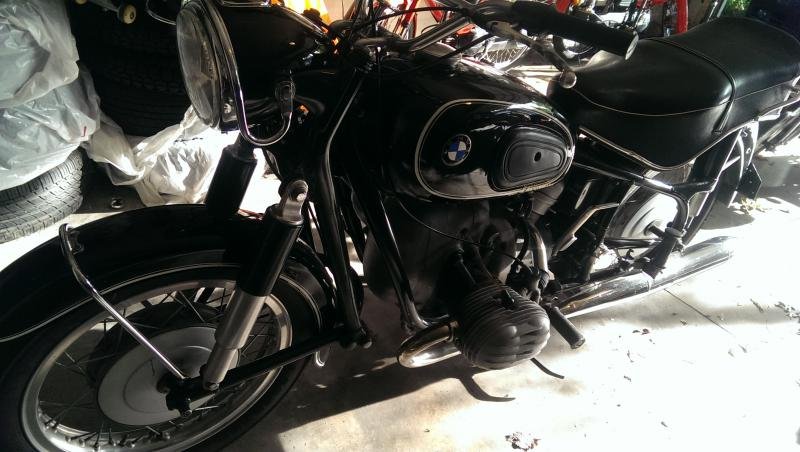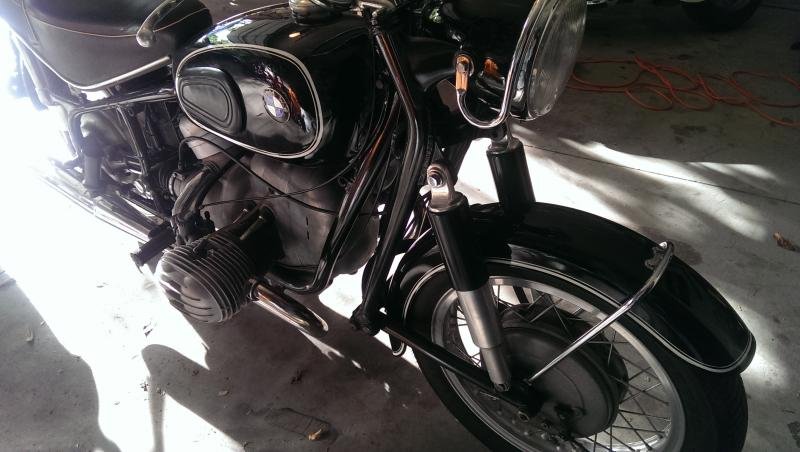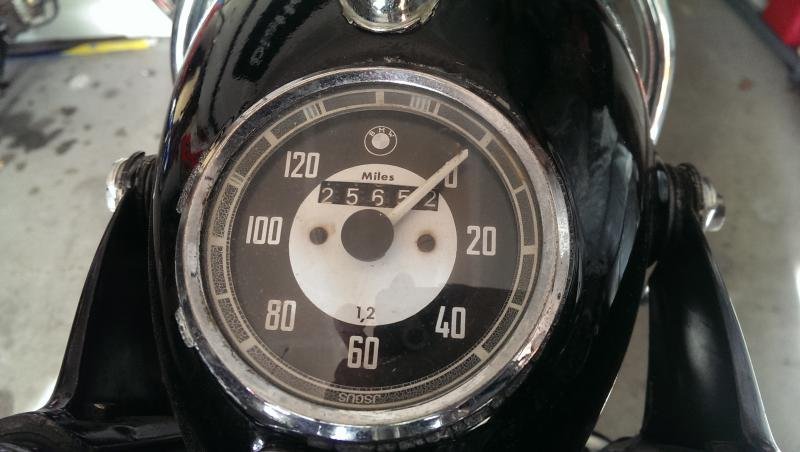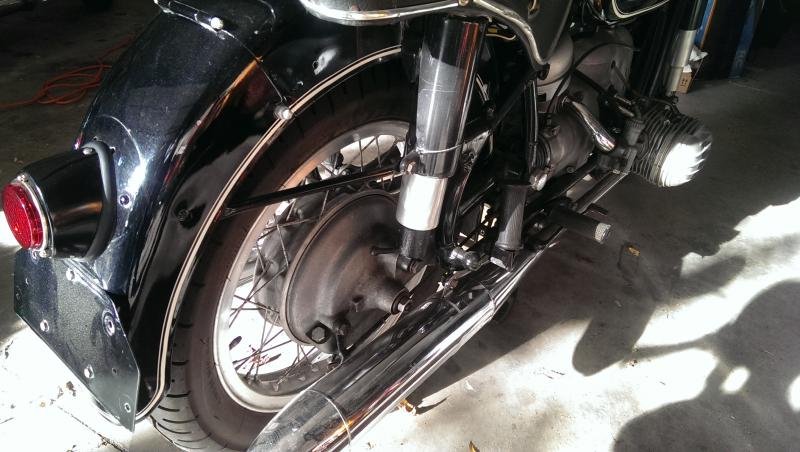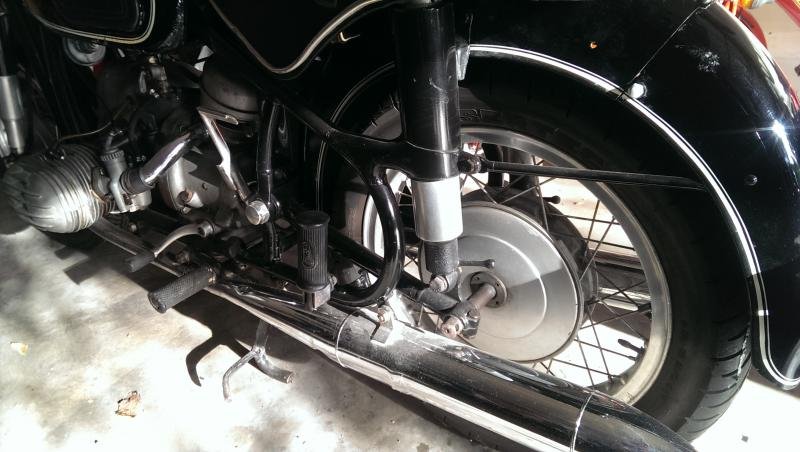ramoneo
New member
...a very proud owner of my first BMW- a pair
'58 r50
'63 r50/2
... had been looking for the past year for a classic, got close to pulling the trigger on several, glad I waited. Found a gentleman South metro looking to sell a couple together- couldn't resist. Both ran last fall, no gas in tanks, one has dead battery. Will test this week hopefully both in running condition.
Need help with starting procedure, aka 'tickling' carbs. What is your 50deg cold-starting procedure? I know there's numerous ways to do it and each bike is different, just wanted to get as many ideas here as possible so I can hopefully ride this week.
'58 r50
'63 r50/2
... had been looking for the past year for a classic, got close to pulling the trigger on several, glad I waited. Found a gentleman South metro looking to sell a couple together- couldn't resist. Both ran last fall, no gas in tanks, one has dead battery. Will test this week hopefully both in running condition.
Need help with starting procedure, aka 'tickling' carbs. What is your 50deg cold-starting procedure? I know there's numerous ways to do it and each bike is different, just wanted to get as many ideas here as possible so I can hopefully ride this week.

